For you to fully benefit
from this article series I need you to have the following (ignore the
paragraphs after each item if you have them):
1.
A fully-functional online or offline portfolio
No portfolio is ever
complete. It will always be a work in progress. What I mean by a portfolio is
you should have something together (without typos please!) and ready to present
at a moment’s notice. You never know when you’ll encounter a CD who wants to
have a high tea with you the next day. Don’t rush off to the printer the day
before. Leave the day before for prepping questions you want to use to impress
the CD.
2.
A professional email and business card
This was covered in first
year but I am aware this has been an issue for a few people. I switch between ha.janet@gmail.com and info@janetha.ca and most industry professionals do the same. I’m not saying this is
best practice, but it certainly makes remembering your email easier when they
want to offer you an internship.
3.
A résumé which has been reviewed by Humber’s Career
Center Résumé Review service or some other form of screening
Get your résumé screened
for typos and irrelevant content prior to sending it out, and triple check your
contact information (well, duh but you never know what happens in the middle of
the night right before you’ve been invited to meet with a CD when you’re
scraping something together from your old retail résumés). If you have
questions for what counts as irrelevant content, feel free to ask. I can write
up an article on that if there is interest. Usually it’s just common sense.
4.
An updated LinkedIn Account
Your email applications will
most definitely be screened via LinkedIn. Make sure it’s updated with the
correct information. (Again if there is interest, I can cover LinkedIn and how
you should maintain it)
5.
A good sense of what an eye-catching cover letter
should cover
I will devote a good
portion of an article to cover letters but here are some basics if you’re
getting ahead of me:
A.
Read the job
listing
B.
Google is your
friend. Use it and abuse it.
C.
Being concise
is beneficial to you AND the poor person reading through thousands of cover
letters.
D.
Read the job
listing
E.
Summarize your
relevant experience/education and explain how it makes you a great candidate in
a few sentences (or less)
F.
Read the
FREAKING job listing
G.
Read your
cover letter aloud, to yourself, to your mom, to your siblings and to your
grandparents if necessary (goodness knows they’d love to talk to you about
something other than doing your laundry and why you need to get a job soon to
pay back your student loans…*ahem*)
Before I sign off I must
say this: I’m quite serious about reviewing your résumé. You may think it’s
good but you don’t want it to be good, you want it to be stellar.
“But Janet!” you cry at your screen “No one
ever hires based on your résumé in advertising!”
Let me say this: I was
hired in my internships and agency job with my résumé alone. Creative jobs
require portfolios, but an inconsistent résumé clearly indicates lack of
professionalism, attention to detail and respect for the position being applied
for. I’m not asking you to obsess over every word, I’m asking you to
demonstrate professionalism and respect.
I will come back tomorrow
with another portion of this series as you busy yourselves with these items. Make
sure to leave a comment if you disagree, or feel free to email me and I’ll
cover your questions in the articles to follow.
Janet is a freelance copywriter and social media
consultant currently in her fourth year at Humber College’s Bachelor of Creative Advertising program (aka CABA). She is
obsessed with rap, knitting and food.
Janet Ha | info@janetha.ca | @Janet_Ha | http://ca.linkedin.com/in/janetha2

No comments:
Post a Comment